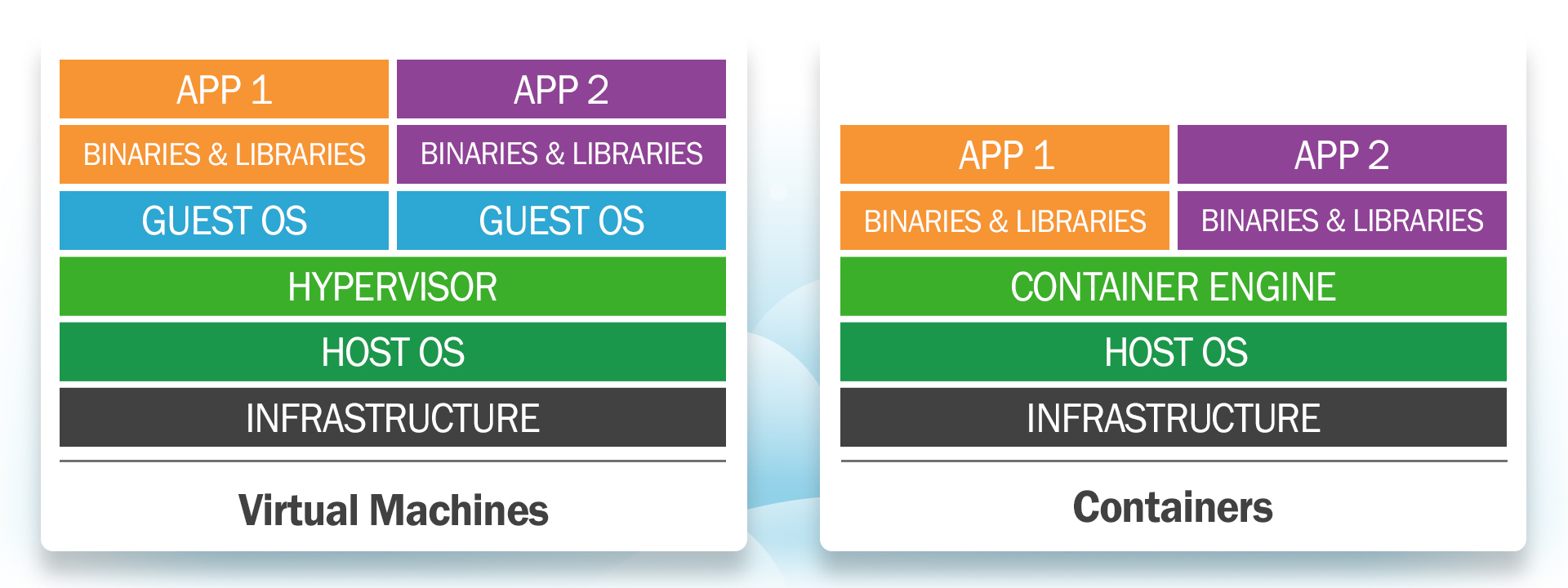Sometimes simple things work miracles
You’ve got cloud
If you are like the vast majority of enterprises, then the odds of using multi-cloud services are about 92%.1 Worldwide spending on cloud IaaS rose 32% last year to $59 billion and is expected to hit nearly $107B in 2022. While the top two public cloud service providers continue to control a larger slice of the cloud market, public cloud services by third parties continue to grow benefit from a growth tide that is lifting all boats. The cloud services market grew by 40% in 2020 to $64.3 billion compared to $45.7B in 2019.2
The variety of cloud services providers creates a competitive marketplace. “More options are good,” said Mervyn Lally of Experion.3 Technical reasons aside, organizations move to the cloud to optimize their costs. “If there’s any possibility to decrease our costs, we need to work on that,” said Sven Sonnendorfer of Audi.4
Controlling multi-cloud costs is challenging
Contrary to prevailing perceptions, cloud adoption can result in higher costs if things aren’t properly managed. Enterprises estimate that about 30% of cloud spend is wasted while nearly 24% of cloud initiatives go over budgets.5 Furthermore, allocating 64% of IT spend to running the business and only 36% to growth initiatives is not helpful to bringing spending under control. 49% of enterprises are planning to increase IT spending this year. 61% of organizations consider optimizing cloud costs as their top priority for 2021.6
While most enterprises adopt multi-cloud by choice, some companies stumble into multi-cloud accidentally. Regardless of how companies arrived at multi-cloud, 49% silo workloads by cloud and only 45% integrate data between clouds. The data sprawl and lack of centralized workloads and data visibility complicate efforts to control costs. You can’t manage what you don’t see. What often makes things worse is the lack of proper multi-cloud management. New environments, such as multi-clouds, need appropriate tools. Unfortunately, only 42% of enterprises use multi-cloud management tools.7
Five simple ways to reduce costs
Here are a few simple ways to help optimize your cloud operations:
- Centralize management. The goal of adopting a single-pane-of-glass for visibility and management is to establish consistent rules and governance across all cloud instances. Removing apps silos and data sprawl reduces IT overhead significantly and opens the door for better financial management. 49% of data will be held in public cloud environments by 2025, with cloud service providers managing 51% of stored data.8
- Containerize. This area is the one that will result in the most savings over the life of workloads. Transforming workloads into containerized microservices will result in lower cloud costs. The primary reason is that containers require fewer cloud resources than their VM siblings. Containers are Operating System (OS) virtualization architectures and do not require an OS in every container, as is the case with VMs. A smaller container footprint means fewer cloud resources and lower costs. In addition to the smaller footprint, containers can be deployed and “destroyed” quickly when they are no longer required, reducing one’s cloud footprint.

- Go serverless. Despite the term “serverless” may imply, apps continue to use servers when deployed in the cloud. The value of serverless stems from the fact that you no longer have to tinker with cloud resources when deploying a new app. The serverless agent of the cloud service provider will inspect your app, evaluate the needed compute, memory and storage capacities and assigs them to your app. In other words, the election of resources is automated. The value of serverless is that the customer will only be charged for the resources that apps use instead of the resources that IT estimated. When added to automating the deployment process for hundreds of apps, the savings add to meaningful sums.
- Right-size resources. The default choice for many IT departments is to replicate the on-premises resources for a workload when migrating it to the cloud. This approach grew out of the mistaken belief that throwing a workload over the fence to the cloud will result in cost savings regardless of everything. Planning workload migration and assessing the right cloud resources needed for optimal performance are necessary for dedicating the right cloud resources without expensive overprovisioning.
- Kill the zombie services. Cloud services will expand, multiply and continue to drain resources until they are appropriately managed. Automated policies can help control spending on unnecessary services. For example, consider automating the shutting down of workloads after hours, eliminating inactive storage, enforcing software license compliance, and using the lowest-cost cloud regions.
Keep things under control
Controlling multi-cloud costs requires an ongoing, proactive approach. It is best to set a goal that establishes IT spend as a percentage of revenue below 10%. It is also essential to delineate the line between the portions of IT budgets dedicated to growth initiatives and those dedicated to running the business. Finally, adopt microservices and automation to overcome the tedious tasks and manual processes that tend to be prone to errors.
- 1, 6, 7. Flexera 2021. “Flexera 2021 State of the Cloud Report.”
- 2. WSJ June 25, 2021. “Battle for the Cloud, Once Amazon vs. Microsoft, Now Has Many Fronts.”
- 3. WSJ July 27, 2020. “Another Covid-19 Problem for Companies: All This Working from Home Isn’t Cheap.”
- 8. Seagate 2020. “Rethink Data.”
